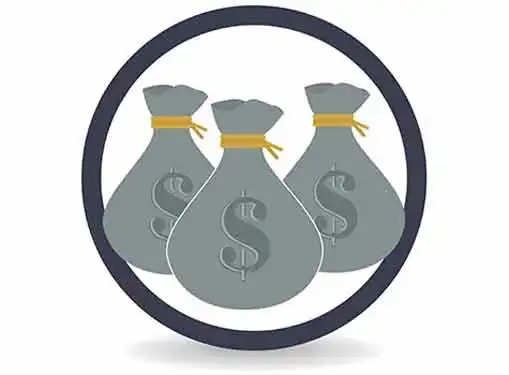Small Business Finance News
Small Business Borrowing Hits A High Mark
Written by Tim Morral
Published: 11/10/2014
Recently released data shows that small business borrowing in September hit the highest point in more than seven years and may point toward GDP growth in the months ahead.
In a year marked by volatility in small business borrowing, the level of borrowing by small U.S. firms jumped significantly in September, based on the latest Thompson Reuters/PayNet Small Business Lending Index.

According to a recent Reuters report, the index hit 125.4 in September, up from 118.5 in August. The September index reading represents the highest level since March 2007, a sign of continued growth and expansion in the small business sector as well as likely U.S. GDP growth in the months ahead.
Although concerns persist about the economic strength of Europe, Japan and other global players, PayNet founder Bill Phelan said that the increase in small business borrowing shows that, "the domestic part of the equation is firming up. That's a positive."
The Traditional Lending Challenge
Despite the rise in borrowing, many small businesses still find it difficult to secure loans from commercial lenders. Dealstruck recently created an infographic showing why small businesses are finding it difficult to secure capital from traditional funding sources.
Key insights from the infographic include:
- Only 1 in 5 small business loan applications are approved by traditional lenders
- Less than 1% of all small businesses are able to qualify for an SBA loan for less than $150k
- On average, it takes more than 25 hours to apply for a bank or SBA loan
With commercial banks unlikely to increase financing for small business growth initiatives, more and more entrepreneurs will turn to alternative financing strategies, like peer-to-peer lending (P2P). In general, it takes 95% less time to apply for a P2P loan (compared to a traditional loan) and small business borrowers receive their funds in 2 weeks or less.
The reluctance of traditional lenders to fund small businesses means that P2P and other alternative financing mechanisms are almost certain to grow in popularity, further boosting small business borrowing levels.
But the availability of alternative financing sources doesn't absolve entrepreneurs of sound borrowing practices. Cash flow, earnings and other factors still need to be considered--regardless of whether the business is borrowing from a traditional bank or alternative lender.
Share this article
About Our Small Business News
Our journalists cover all aspects of entrepreneurship. Our perspective is dedicated to helping you to start and grow your business.
Additional Resources for Entrepreneurs
